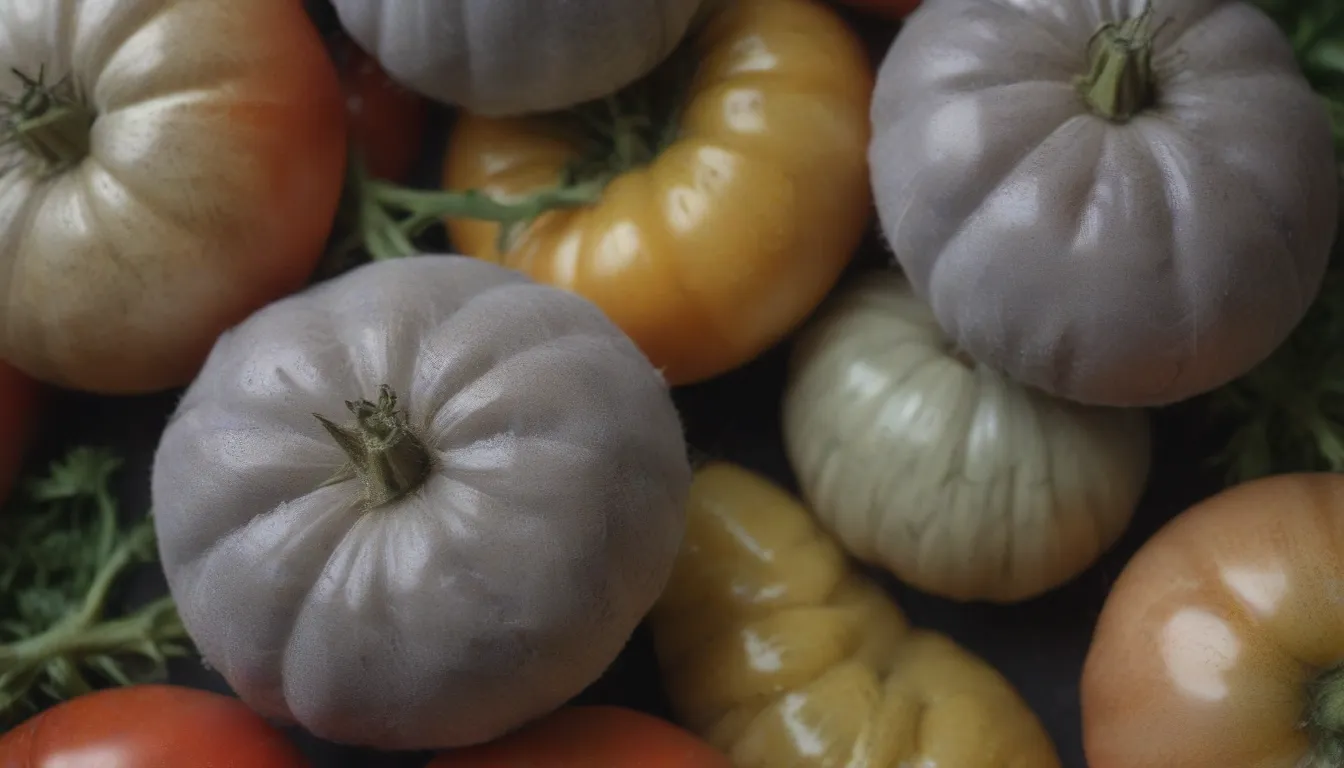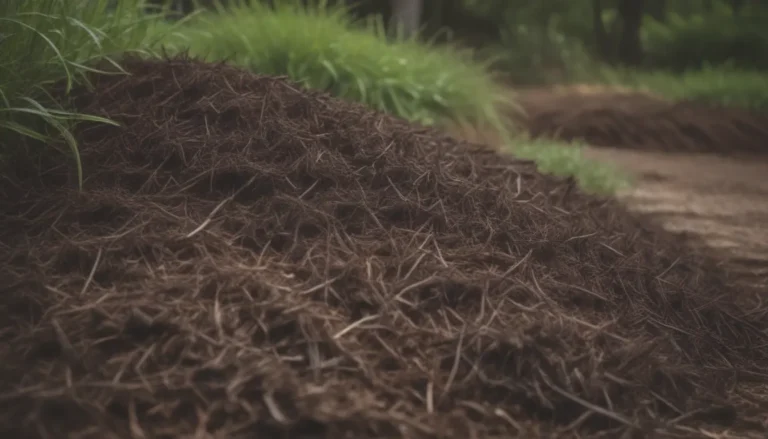Everything You Need to Know About Identifying and Treating Gray Mold (Botrytis) on Tomatoes

If you’re a backyard vegetable gardener, you’re probably familiar with the frustration of dealing with various diseases that can affect your precious tomato plants. One common problem that many gardeners face is botrytis blight, also known as gray mold. This fungal disease can wreak havoc on your tomato plants, causing them to turn gray or dark at the stem end before eventually dropping off. In this comprehensive guide, we’ll discuss everything you need to know about identifying, treating, and preventing gray mold on your tomatoes.
What is Botrytis Blight?
Botrytis blight is a fungal disease that can affect over 1,000 different plant species, including tomatoes, strawberries, and peonies. This wide-ranging disease can cause various other issues in addition to gray mold, such as damping off disease and different blights affecting stems, buds, fruits, and flowers. When it comes to tomatoes, gray mold typically appears as a fuzzy, gray-colored mold on the fruit. The first signs of gray mold may show up on the stems as dark spots or rings that completely encircle the stem. If left untreated, the mold can spread to all parts of the plant, causing the immature fruits to become discolored, soft, and moldy.
Symptoms of Gray Mold on Tomatoes
- Gray-colored, fuzzy mold on the fruit
- Pale or “ghost” spots on the fruit
- Dark spots or rings on the stems
- Soft and moldy flesh inside the fruit
It’s important to keep a close eye on your tomato plants for any signs of gray mold, as it can spread rapidly if left unchecked. If you notice any suspicious symptoms, it’s a good idea to take a sample to your local cooperative extension office for a proper diagnosis.
How to Prevent Gray Mold on Tomatoes
While there are no tomato plant varieties with natural resistance to gray mold, there are ways to prevent the disease from taking hold in your garden. Here are some tips to help you prevent gray mold on your tomato plants:
- Remove and destroy affected plants and fruits promptly
- Apply a preventative spray of organic fungicide on healthy-looking plants
- Rotate your crops to prevent the overwintering of Botrytis spores
- Use fungicides with copper, sulfur, or neem for prevention
- Keep an eye out for any signs of gray mold and remove affected plants immediately
By following these preventative measures, you can help protect your tomato plants from falling victim to gray mold.
Treating Gray Mold on Tomatoes
If your tomato plants are already showing signs of gray mold, it’s essential to act fast to prevent the disease from spreading further. While fungicides can help prevent gray mold, they are not effective at curing a plant that is already infected. Here are some steps you can take to treat gray mold on your tomatoes:
- Remove and destroy affected plants and fruits
- Apply a preventative spray of organic fungicide on any healthy-looking plants
- Keep an eye out for any new signs of gray mold and remove affected plants promptly
By taking these actions, you can help contain the spread of gray mold and protect the rest of your tomato plants from succumbing to the disease.
In conclusion, gray mold, also known as botrytis blight, is a common fungal disease that can affect tomatoes and other plants in your garden. By being vigilant and taking proactive measures to prevent and treat gray mold, you can help ensure the health and vitality of your tomato plants. Remember to keep an eye out for any signs of gray mold, remove affected plants promptly, and use organic fungicides to protect your plants from this destructive disease. With proper care and attention, you can enjoy a bountiful harvest of delicious, disease-free tomatoes from your garden.





